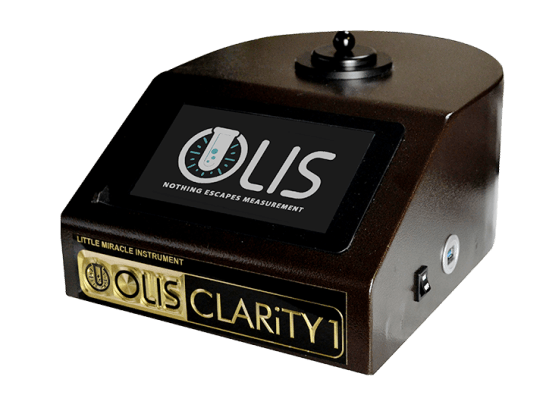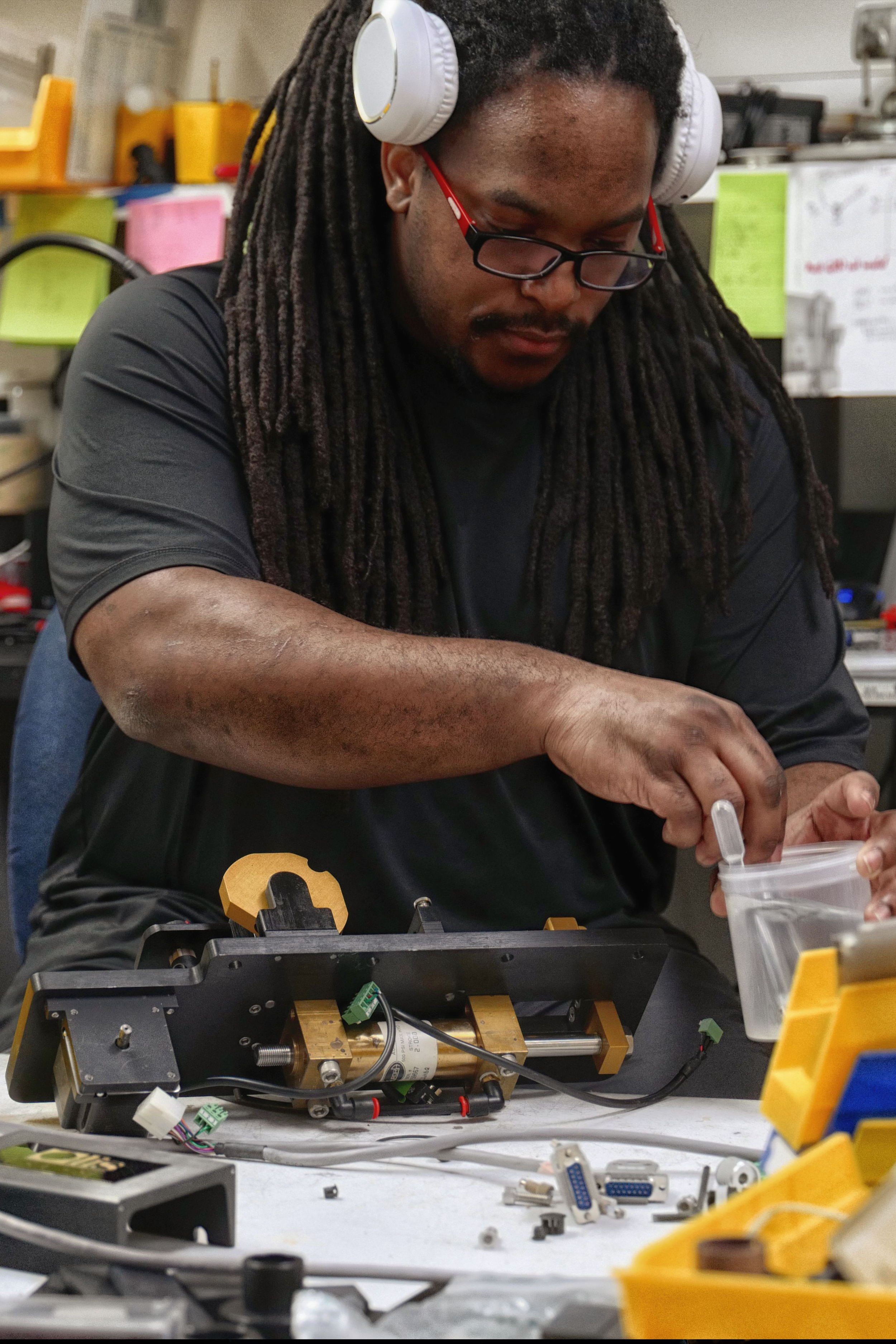Unknown Facts About Circularly Polarized Luminescence
Table of ContentsUv/vis for DummiesNot known Facts About Uv/visOur Circularly Polarized Luminescence DiariesUv/vis for DummiesSpectrophotometers for Dummies

Although spectrophotometry is most commonly applied to ultraviolet, visible, and infrared radiation, modern spectrophotometers can interrogate wide swaths of the electro-magnetic spectrum, consisting of x-ray, ultraviolet, noticeable, infrared, and/or microwave wavelengths. Spectrophotometry is a tool that depends upon the quantitative analysis of molecules depending on how much light is absorbed by colored compounds.
The Single Strategy To Use For Uv/vis
A spectrophotometer is commonly utilized for the measurement of transmittance or reflectance of services, transparent or nontransparent solids, such as sleek glass, or gases. Although numerous biochemicals are colored, as in, they soak up noticeable light and for that reason can be measured by colorimetric procedures, even colorless biochemicals can typically be converted to colored substances appropriate for chromogenic color-forming reactions to yield substances ideal for colorimetric analysis.: 65 However, they can likewise be designed to determine the diffusivity on any of the noted light ranges that typically cover around 2002500 nm using different controls and calibrations.
An example of an experiment in which spectrophotometry is utilized is the decision of the stability constant of a service. A certain chemical response within a service might happen in a forward and reverse direction, where reactants form items and products break down into reactants. At some time, this chemical response will reach a point of balance called a balance point.
Circular Dichroism - The Facts
The amount of light that goes through the solution is a sign of the concentration of specific chemicals that do not permit light to go through. The absorption of light is due to the interaction of light with the electronic and vibrational modes of particles. Each type of particle has an individual set of energy levels connected with the makeup of its chemical bonds and nuclei and hence will soak up light of specific wavelengths, or energies, resulting in special spectral residential or commercial properties.
They are widely used in numerous industries including semiconductors, laser and optical production, printing and forensic examination, as well as in laboratories for the study of chemical compounds. Spectrophotometry is typically used in measurements of enzyme activities, determinations of protein concentrations, decisions of enzymatic kinetic constants, and measurements of ligand binding reactions.: 65 Eventually, a spectrophotometer is able to figure out, depending on the control or calibration, what compounds are present in a target and exactly how much through computations of observed wavelengths.
Created by Arnold O. Beckman in 1940 [], the spectrophotometer was created with the aid of his associates at his company National Technical Laboratories founded in 1935 which would become Beckman Instrument Company and ultimately Beckman Coulter. This would come as an option to the formerly developed spectrophotometers which were unable to take in the ultraviolet correctly.
Some Known Questions About Spectrophotometers.
It would be discovered that this did not provide satisfying outcomes, for that reason in Design B, there was a shift from a glass to a quartz prism which allowed for better absorbance outcomes - spectrophotometers (http://go.bubbl.us/df2308/dba3?/New-Mind-Map). From there, Model C was born with an adjustment to the wavelength resolution which wound up having 3 units of it produced
It was produced from 1941 to 1976 where the price for it in 1941 was US$723 (far-UV accessories were an alternative at extra expense). In the words of Nobel chemistry laureate Bruce Merrifield, it was "probably the most crucial instrument ever established towards the development of bioscience." Once it became ceased in 1976, Hewlett-Packard developed the first commercially available diode-array spectrophotometer in 1979 called the HP 8450A. It irradiates the sample with polychromatic light which the sample absorbs depending upon its top article homes. Then it is transferred back by grating the photodiode array which detects the wavelength area of the spectrum. Because then, the production and application of spectrophotometry gadgets has increased immensely and has actually become one of the most ingenious instruments of our time.

The Spectrophotometers Ideas
Historically, spectrophotometers use a monochromator including a diffraction grating to produce the analytical spectrum. The grating can either be movable or repaired. If a single detector, such as a photomultiplier tube or photodiode is used, the grating can be scanned step-by-step (scanning spectrophotometer) so that the detector can measure the light strength at each wavelength (which will correspond to each "action").
In such systems, the grating is fixed and the intensity of each wavelength of light is determined by a different detector in the selection. When making transmission measurements, the spectrophotometer quantitatively compares the portion of light that passes through a referral option and a test service, then digitally compares the strengths of the 2 signals and computes the percentage of transmission of the sample compared to the recommendation requirement.
